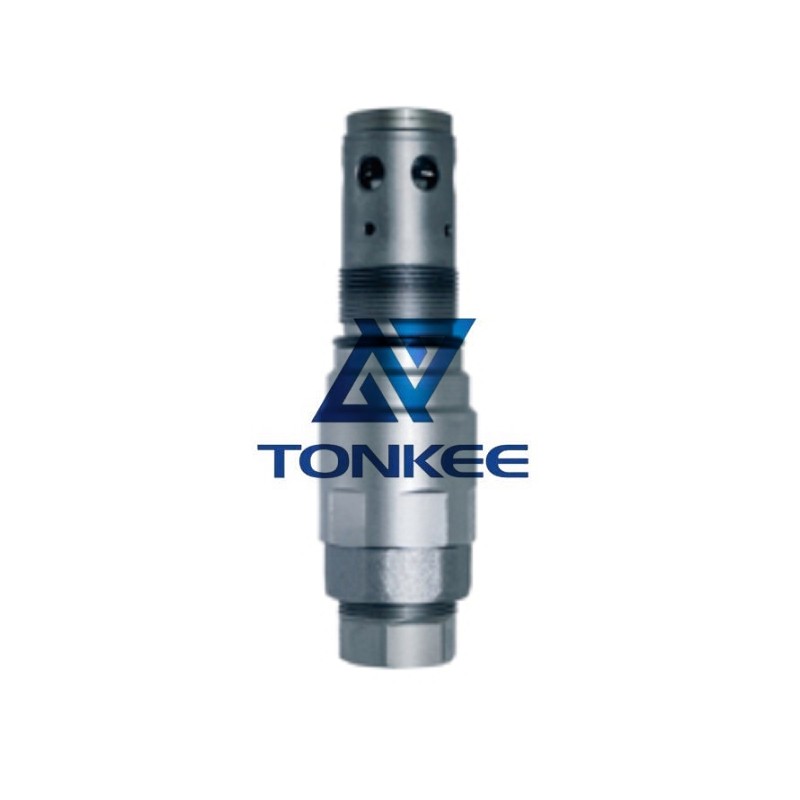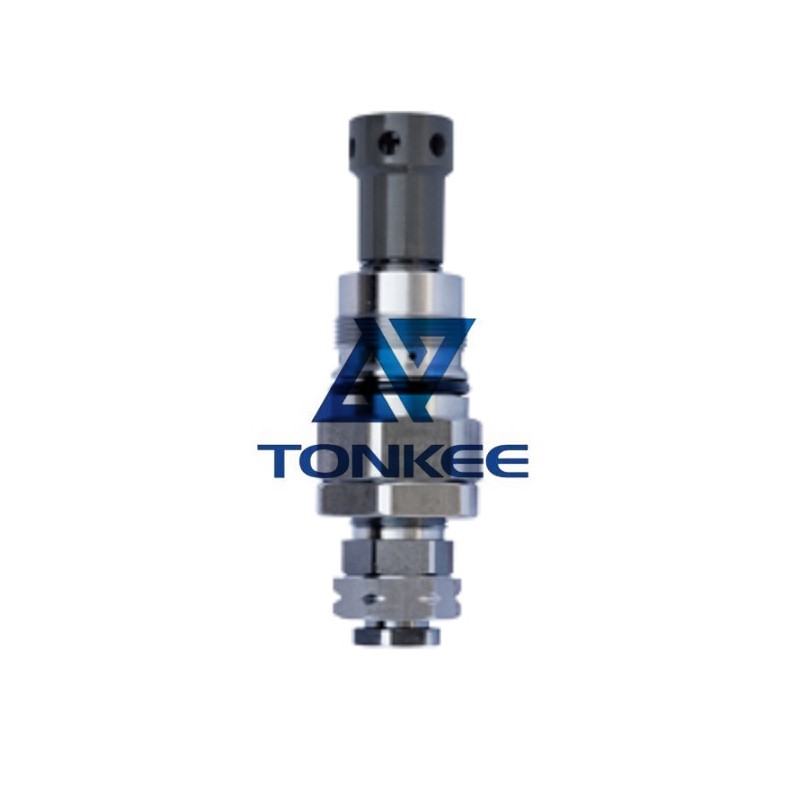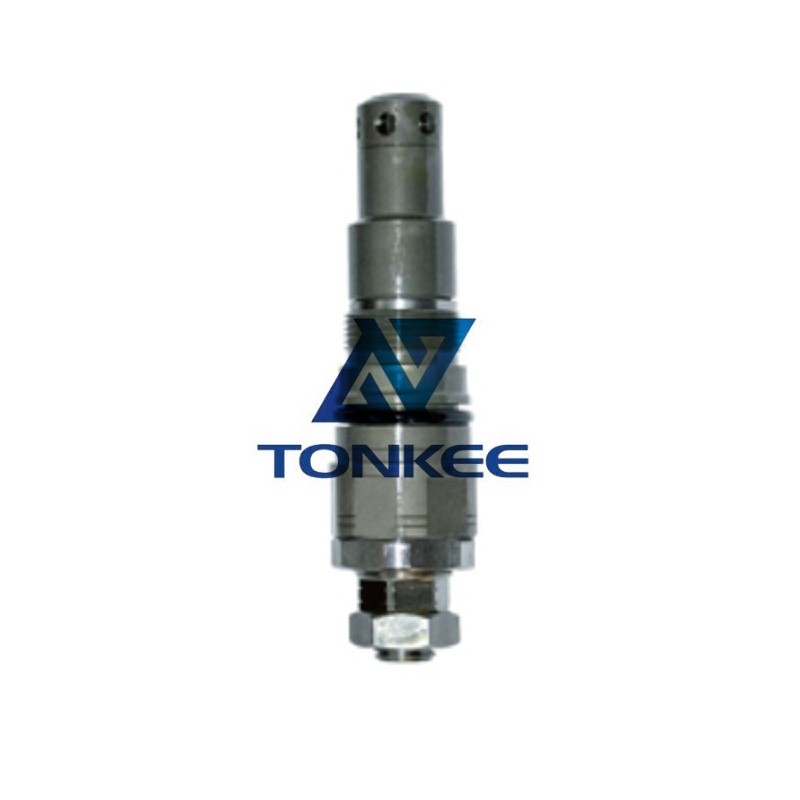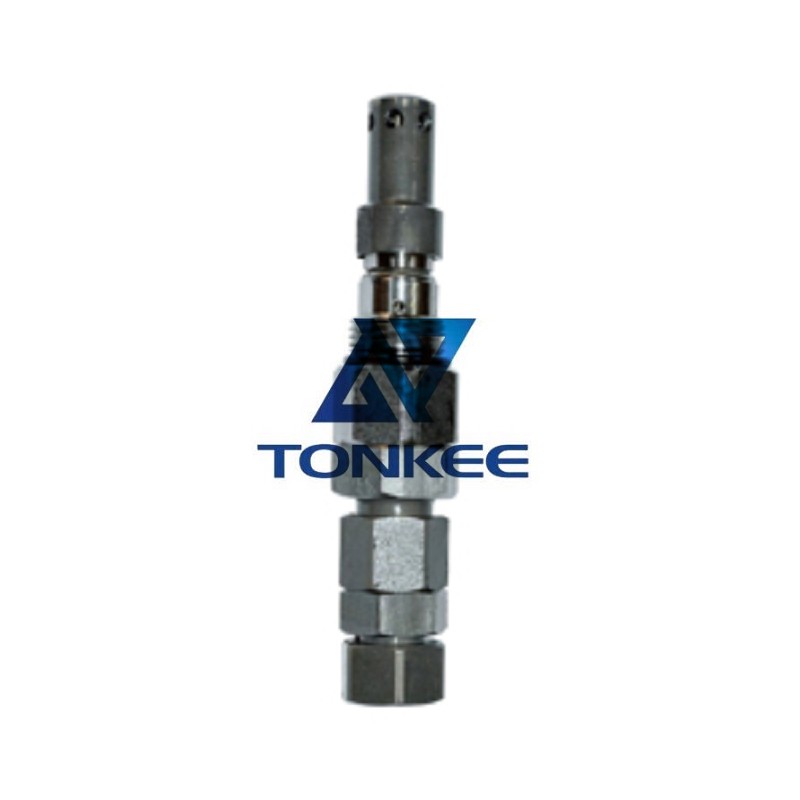
The EX200-5 Rotary Relief Valve features a robust construction utilizing high-quality materials such as stainless steel, brass, or other corrosion-resistant alloys.
This ensures its ability to withstand harsh operating conditions and provides long-term reliability. The valve body is carefully machined to precise tolerances, enabling smooth operation and minimal pressure drop.
With a compact and space-saving design, the EX200-5 Rotary Relief Valve can be easily integrated into existing systems. It offers versatility in installation options, including vertical, horizontal, or angled mounting, making it suitable for various orientations. The valve is available in different sizes, allowing users to select the appropriate model based on their specific requirements.
The primary function of the EX200-5 Rotary Relief Valve is to control system pressure by diverting excess fluid flow back to the reservoir when the predetermined pressure limit is exceeded. This feature is crucial in preventing overpressure situations that could potentially damage equipment or compromise system integrity. The valve operates based on a rotary motion mechanism, ensuring accurate and responsive pressure regulation.
The valve incorporates a precision-engineered internal spring mechanism that determines the pressure setting. By adjusting the spring tension or using different springs, users can easily customize the pressure relief point according to their needs. This flexibility allows the valve to be tailored to a wide range of applications, from low-pressure systems to high-pressure hydraulic or pneumatic systems.
To enhance operational safety, the EX200-5 Rotary Relief Valve includes various additional features.
These may include a built-in bypass check valve that prevents backflow, ensuring one-way fluid flow and preventing pressure spikes. Some models may also include a pressure gauge port for convenient pressure monitoring and a locking mechanism to prevent accidental adjustment of the pressure setting.
The valve's design prioritizes ease of maintenance and serviceability. It typically features a modular construction that allows for easy disassembly and reassembly, simplifying routine maintenance tasks such as cleaning or replacing worn components. This design approach minimizes downtime and ensures optimal system performance.





 English
English português
português Русский язык
Русский язык












